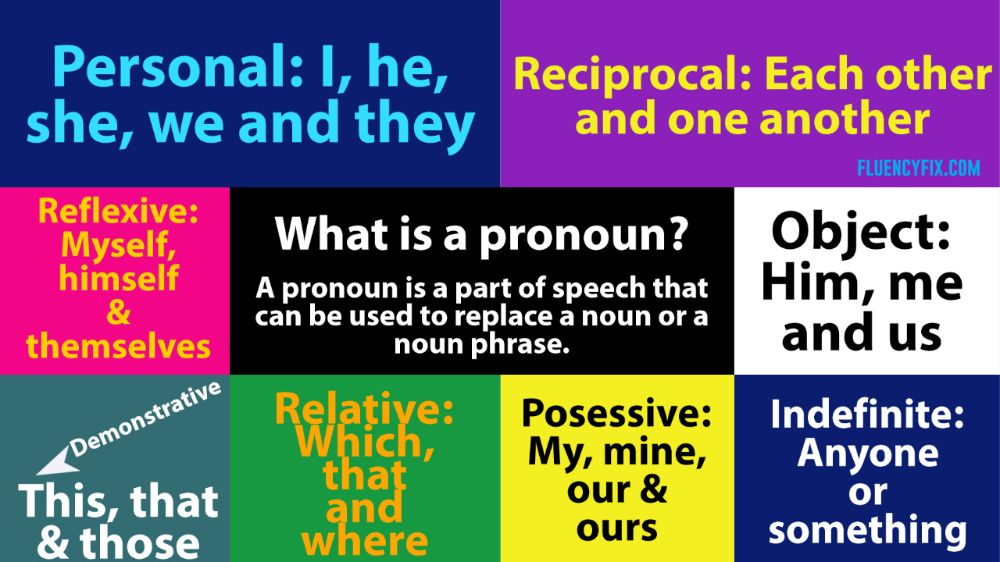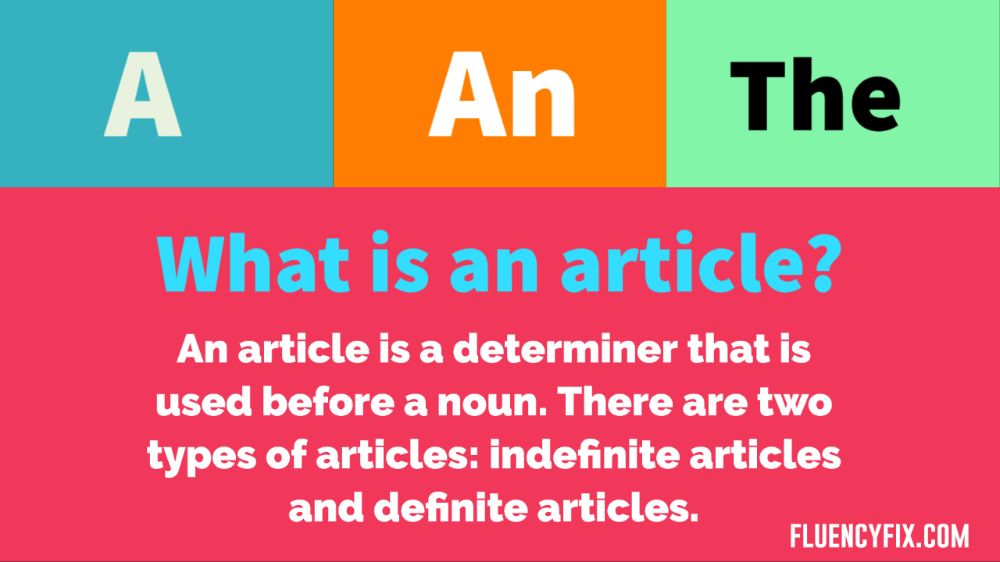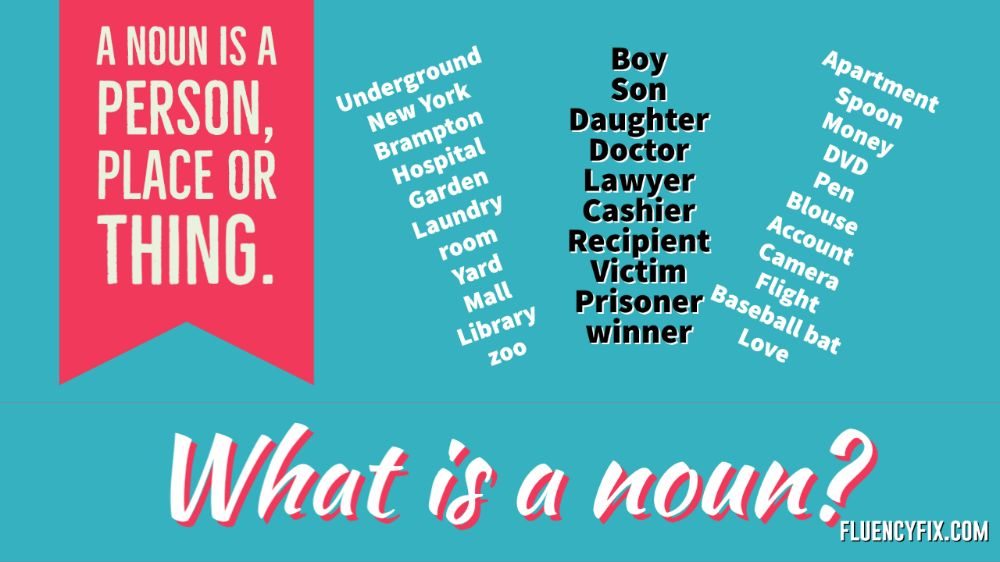What is a pronoun?

A pronoun is a part of speech that can be used to replace a noun or a noun phrase.
Some examples of pronouns are he, that and it. Pronouns are usually very short words and they help us to avoid repetition and make our speech flow more smoothly.
Personal Pronouns
Personal pronouns are words that are used to replace people’s names.
Some examples of personal pronouns are I, he, she, we and they.
Some example sentences with personal pronouns are:
Samantha bought a calculator. (The word she replaces Samantha.)
She bought a calculator.
Forty people voted for him. (The word they replaces the 40,000 people.)
They voted for him.
Personal Pronouns – Object
There are also personal pronouns that are used as objects in a sentence.
Some examples of objective personal pronouns are him, me and us.
Some example sentences with objective personal pronouns are:
They allowed me, my brother and sister to go inside. (Me, my brother and sister is replaced by us.)
They allowed us to go inside. They allowed only my brother to go inside. (My brother is replaced by the word him.)
They allowed only him to go inside.
Reflexive personal pronouns are used when a noun or a pronoun in a sentence does something to itself.
Some examples of reflexive pronouns are myself, himself and themselves.
Some example sentences with reflexive pronouns are:
I could walk to school by myself when I was six.
He wasn’t allowed to walk to school by himself because his mom was really protective.
The students raised the money for the trip by themselves.
Possessive personal pronouns denote ownership. Some examples of possessive personal pronouns are my, mine, our and ours.
Some example sentences with possessive pronouns are:
I am writing with my pencil.
This pencil is mine.
The house is ours.
It is our house.
Relative pronouns are pronouns that are used to join clauses in a sentence.
**Some examples of relative pronouns are which, that and where.
Some example sentences with relative pronouns are:
**This is the car that I bought.
I don’t remember where I left my earbuds.
He bought three bananas, two of which were stale.
Demonstrative pronouns are used to show something or point at an object.
Demonstrative pronouns are also used to replace certain people or things that have already been mentioned previously.
Some examples of demonstrative pronouns are this, that and those.
**Some example sentences with demonstrative pronouns are: **
I like those shoes over there.
I like that bag in the corner.
Could you help me with these bags please?
We are always arguing and I’m just not going to put up with this anymore. (This = the arguing and possibly other problems.)
She bought him a green jacket and he told her he didn’t want that. (That = The green jacket or possibly anything green.)
Indefinite pronouns are used to refer to non-specific people or things.
Some examples of indefinite pronouns are anyone or something.
Some example sentences with indefinite pronouns are:
I didn’t see anyone I knew at the meeting.
He’s always talking about something that is totally inappropriate.
Reciprocal pronouns are used to denote a mutual action or relationship.
Some examples of reciprocal pronouns are each other and one another.
Some example sentences with reciprocal pronouns are:
We have to try to be nicer to one another.
All we have is each other.
Originally published on May 16th, 2019

